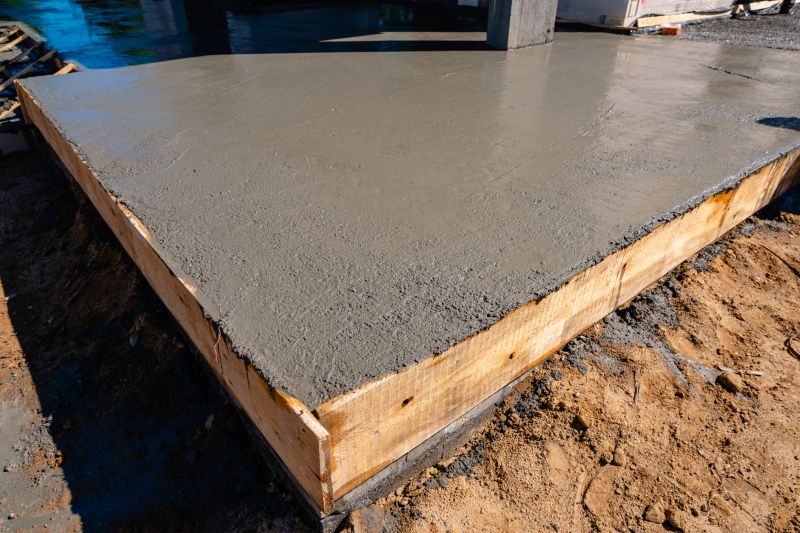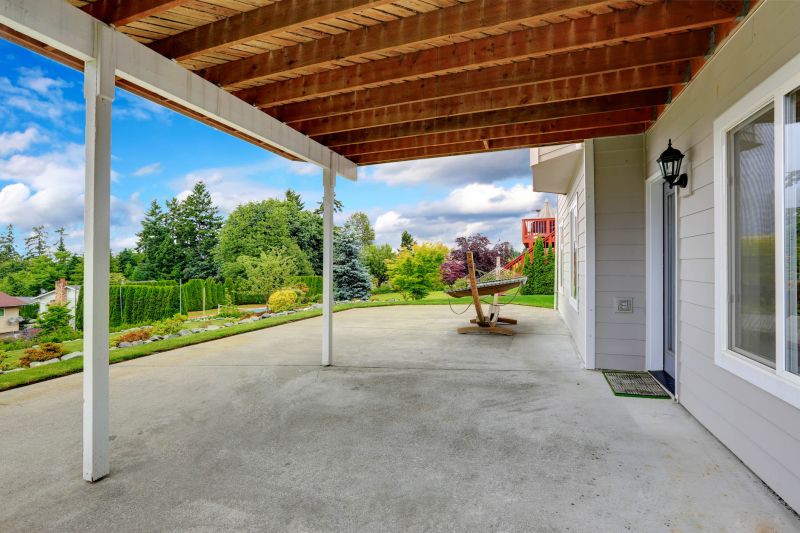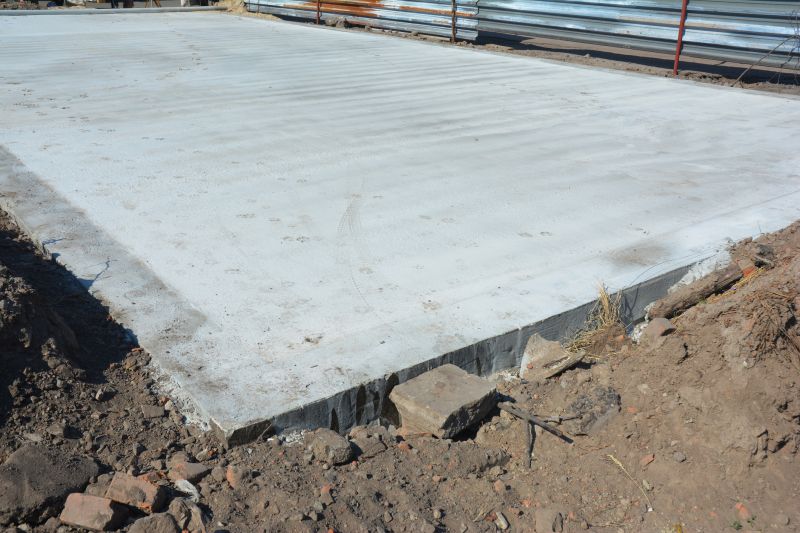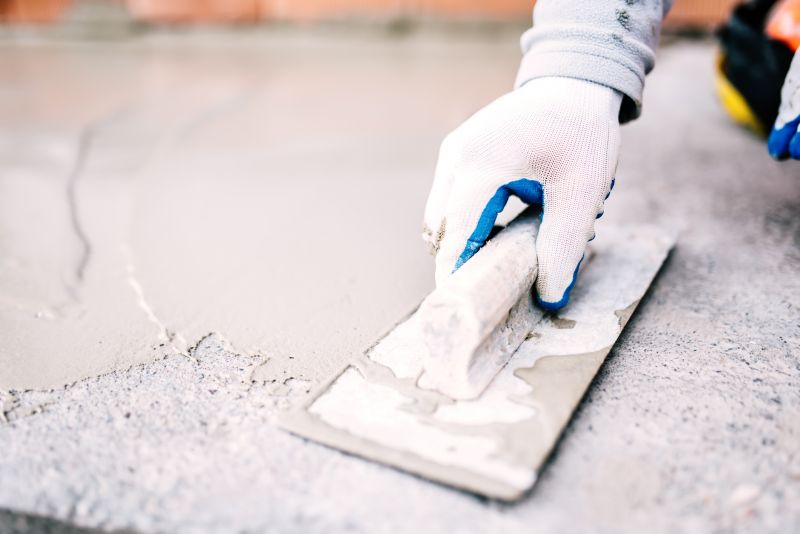Optimal Timing for Concrete Service
Determining the optimal time for concrete service depends on climate conditions, project requirements, and seasonal factors. Proper timing ensures concrete cures correctly, resulting in durable and long-lasting surfaces.
Concrete performs best when temperatures are between 50°F and 85°F. Extreme heat or cold can affect curing and strength development.
Spring and fall often provide moderate weather conditions suitable for concrete work, reducing risks associated with temperature extremes.
Avoid scheduling concrete service during rain, snow, or high humidity to prevent surface defects and curing issues.
Timing concrete work during stable weather conditions enhances curing, leading to better resistance against cracking and wear.

Concrete being poured during mild weather conditions ensures proper setting and curing.

Scheduling during spring or fall can improve results due to moderate temperatures.

Proper timing minimizes weather-related issues for durable concrete surfaces.

Ways to make Concrete Service work in tight or awkward layouts.

Popular materials for Concrete Service and why they hold up over time.

Simple add-ons that improve Concrete Service without blowing the budget.
Concrete service involves the placement, finishing, and curing of concrete for various applications, including driveways, patios, foundations, and commercial flooring. Proper timing is crucial to ensure the concrete cures adequately, attaining maximum strength and durability. Factors such as ambient temperature, humidity, and weather conditions influence the curing process and final appearance of the concrete surface. High-quality concrete installation requires precise timing to prevent defects like cracking, scaling, or surface discoloration. Seasonal adjustments and weather considerations play a vital role in achieving optimal results and extending the lifespan of concrete structures.

Professional concrete pouring during suitable weather conditions.

A durable and well-cured concrete surface ready for use.

Scheduling concrete projects for optimal seasonal weather.

Proper curing techniques enhance concrete strength and lifespan.
| Season/Condition | Best Practices |
|---|---|
| Spring | Schedule after the last frost, moderate temperatures aid curing. |
| Summer | Avoid extreme heat; work early or late in the day to prevent rapid drying. |
| Fall | Ideal for concrete work due to cooler temperatures and lower humidity. |
| Winter | Limited to mild weather; avoid freezing temperatures during curing. |
| Rainy Days | Postpone or protect freshly poured concrete from moisture. |
| High Humidity | Use appropriate curing methods to prevent surface issues. |
